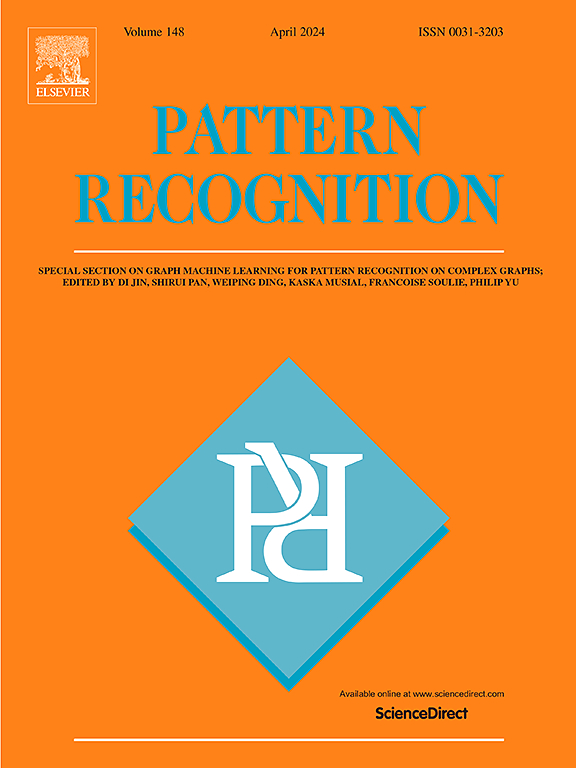Eye-SCAN: Eye-Movement-Attention-based Spatial Channel Adaptive Network for traffic accident prediction
IF 7.5
1区 计算机科学
Q1 COMPUTER SCIENCE, ARTIFICIAL INTELLIGENCE
引用次数: 0
Abstract
In the task of using visual cues extracted from DashCam video data to predict future accidents, understanding the dynamic spatio-temporal interactions in driving scenarios poses a major challenge. Given that the gaze attention information of experienced drivers during the driving process involves complex spatio-temporal interactions, this information can provide valuable guidance for training accident prediction models. Therefore, we propose an Eye-Movement-Attention-based Spatial Channel Adaptive Network (Eye-SCAN) for traffic accident prediction, which can efficiently learn multi-scale spatial channel information from driver gaze data. To integrate potential guidance information from driver eye movement information (EyeInfo) into Eye-SCAN, we propose two sub-modules in our model: the Spatial Adaptive Module (SAM), which helps Eye-SCAN adaptively learn low-dimensional spatial features of EyeInfo; and the Channel Adaptive Module (CAM), which aids Eye-SCAN to adaptively learning high-dimensional channel features of EyeInfo. Additionally, we introduce a novel recursive transmission strategy for temporal information to mitigate the impact of varying past results on the model’s current inferences. Experimental results demonstrate that our model outperforms state-of-the-art methods on two benchmark datasets, highlighting the contributions of each component and offering an effective solution for enhancing the safety of intelligent vehicles.

求助全文
约1分钟内获得全文
求助全文
来源期刊

Pattern Recognition
工程技术-工程:电子与电气
CiteScore
14.40
自引率
16.20%
发文量
683
审稿时长
5.6 months
期刊介绍:
The field of Pattern Recognition is both mature and rapidly evolving, playing a crucial role in various related fields such as computer vision, image processing, text analysis, and neural networks. It closely intersects with machine learning and is being applied in emerging areas like biometrics, bioinformatics, multimedia data analysis, and data science. The journal Pattern Recognition, established half a century ago during the early days of computer science, has since grown significantly in scope and influence.
 求助内容:
求助内容: 应助结果提醒方式:
应助结果提醒方式:


